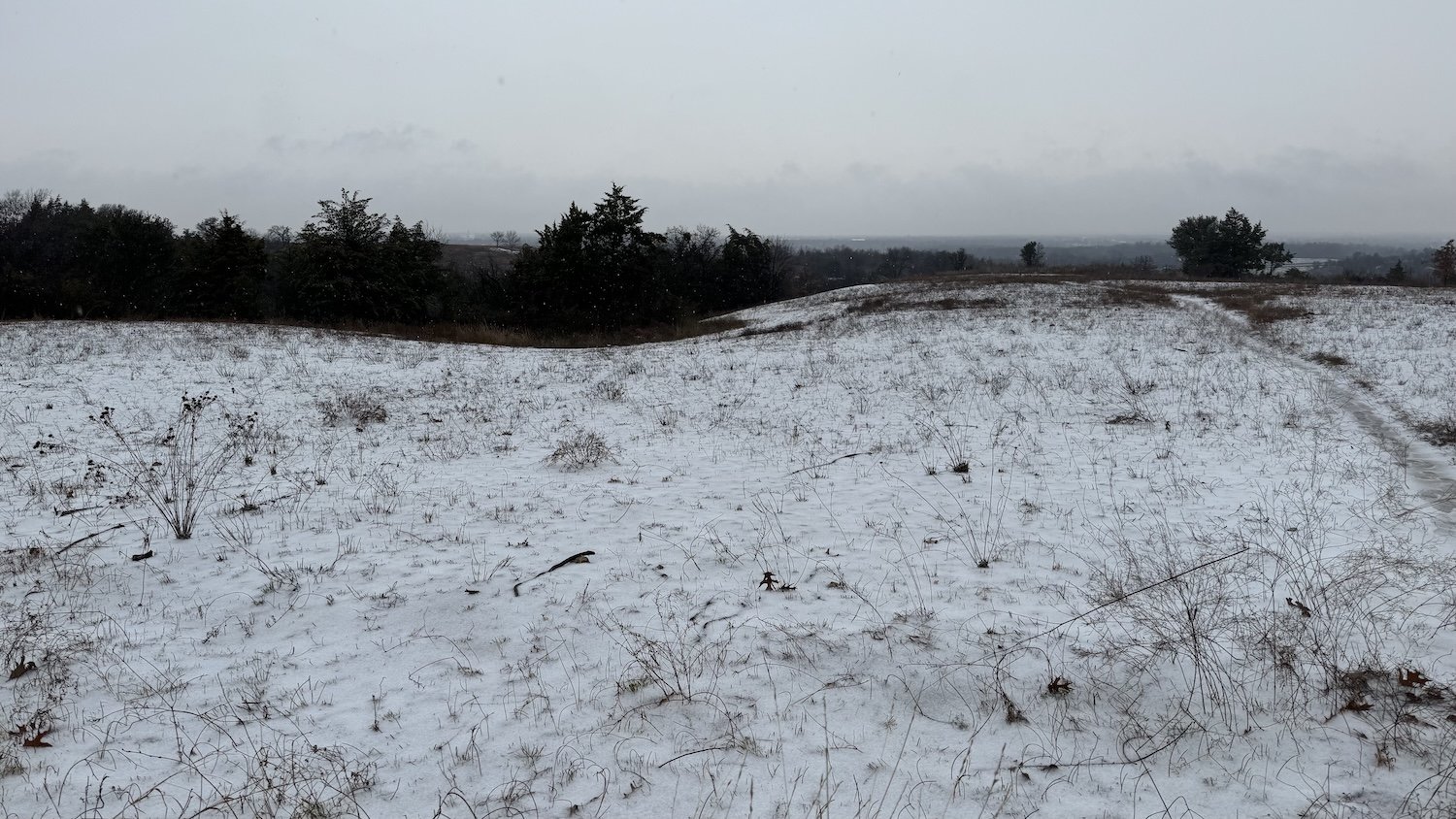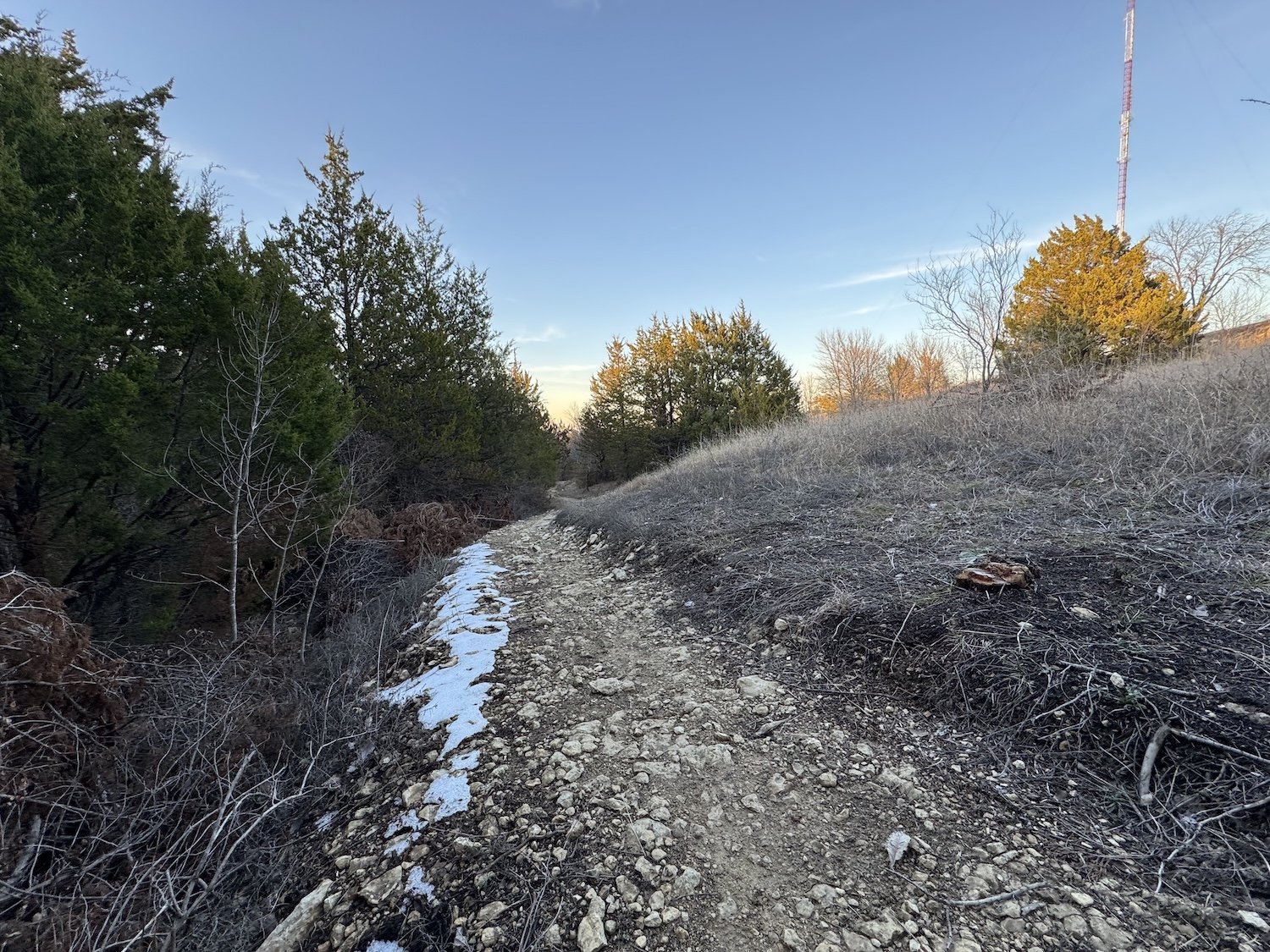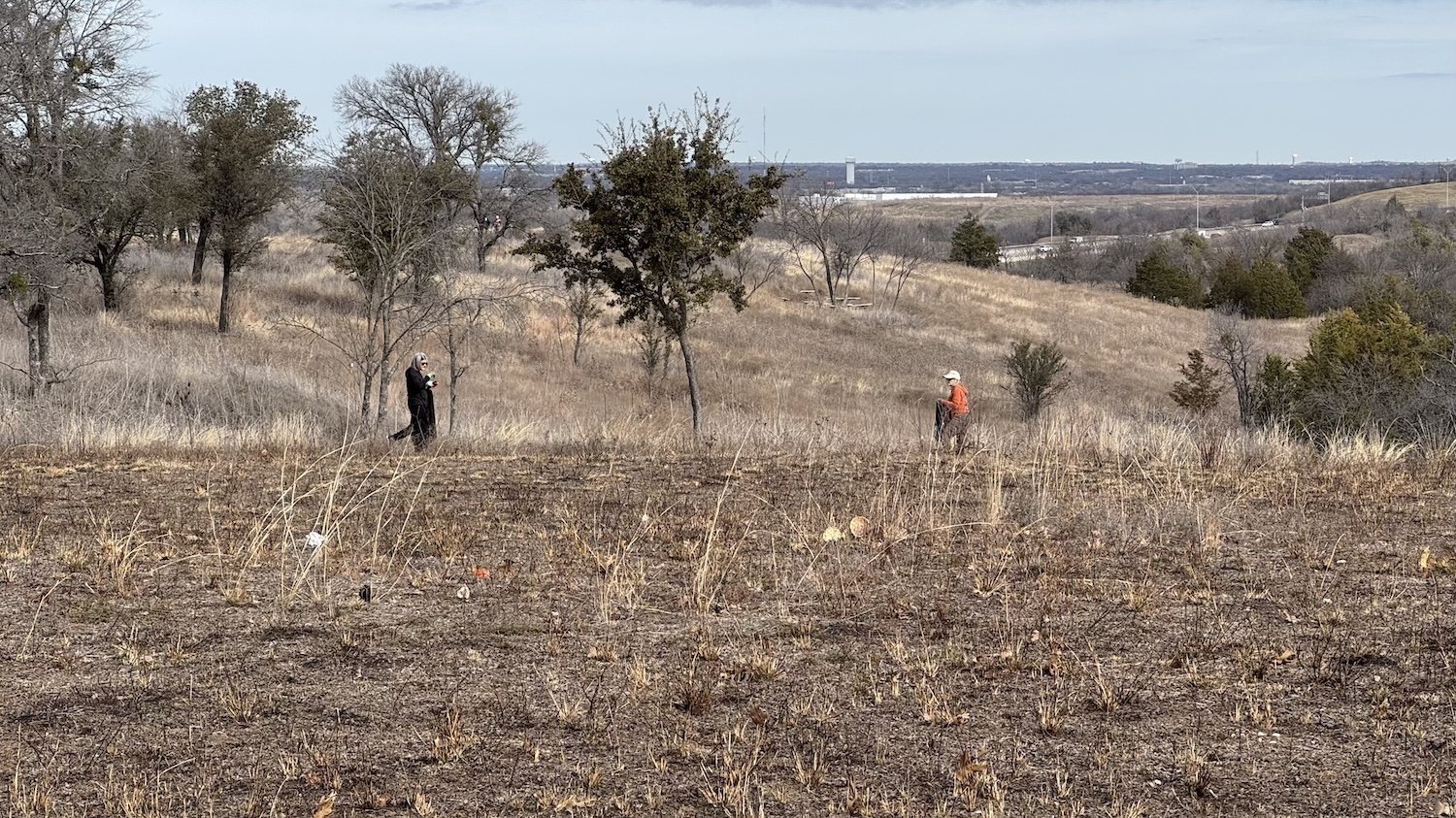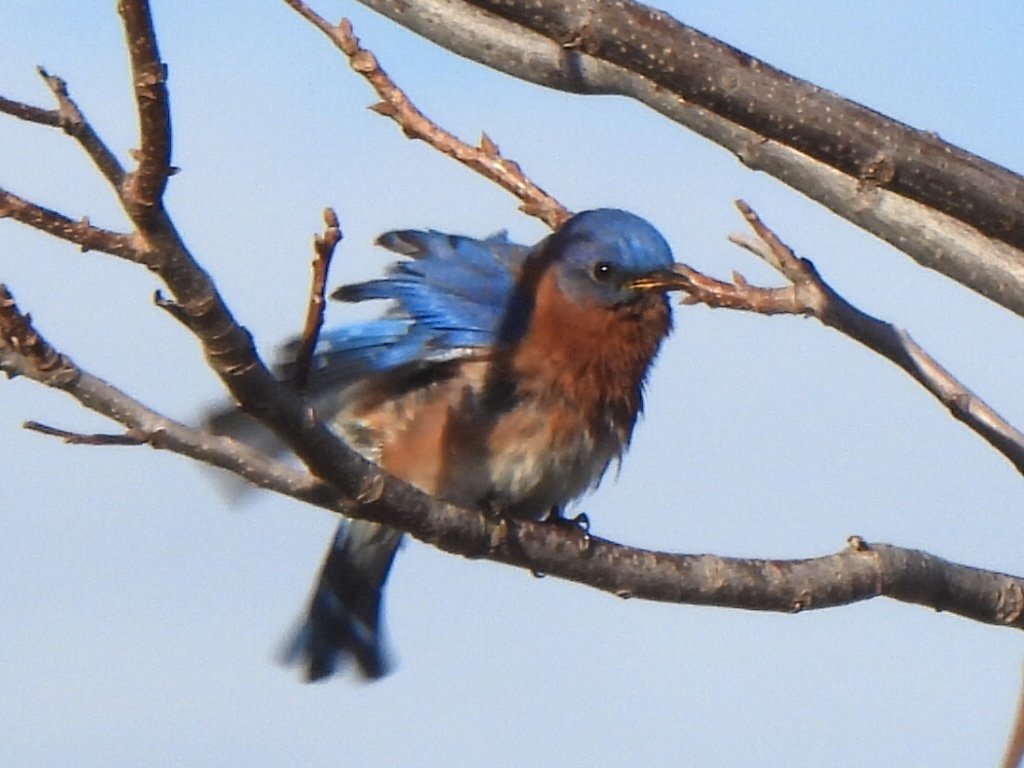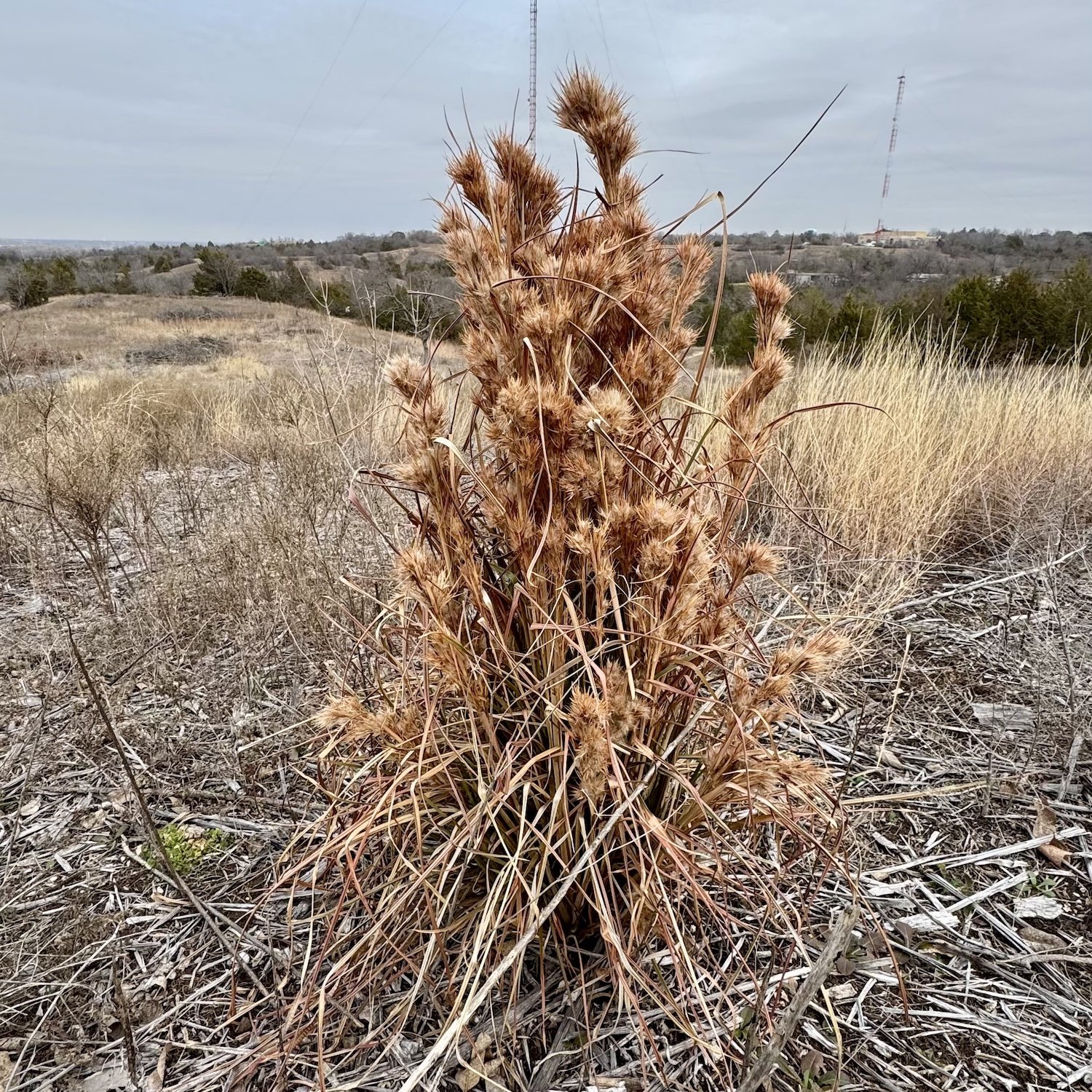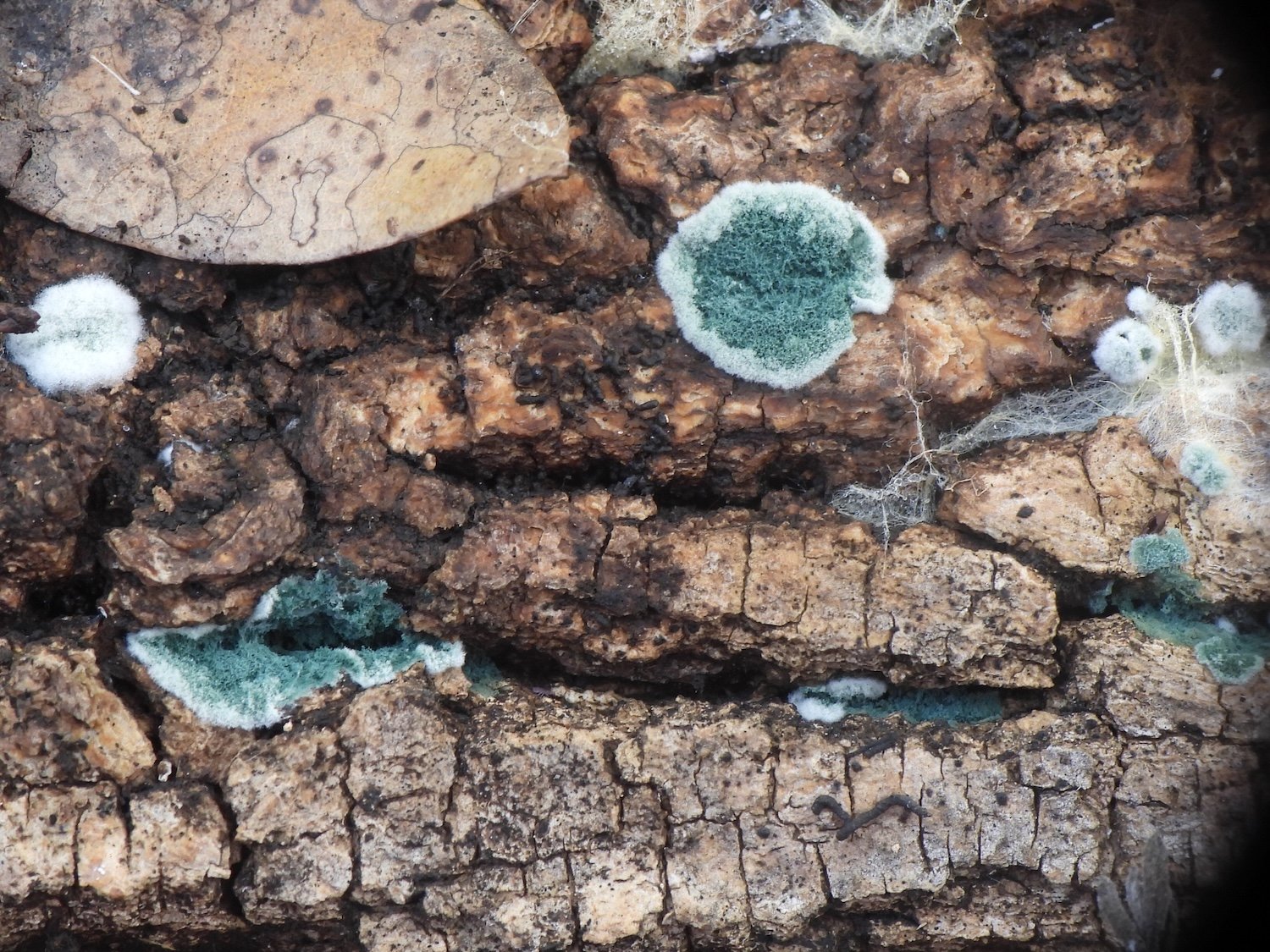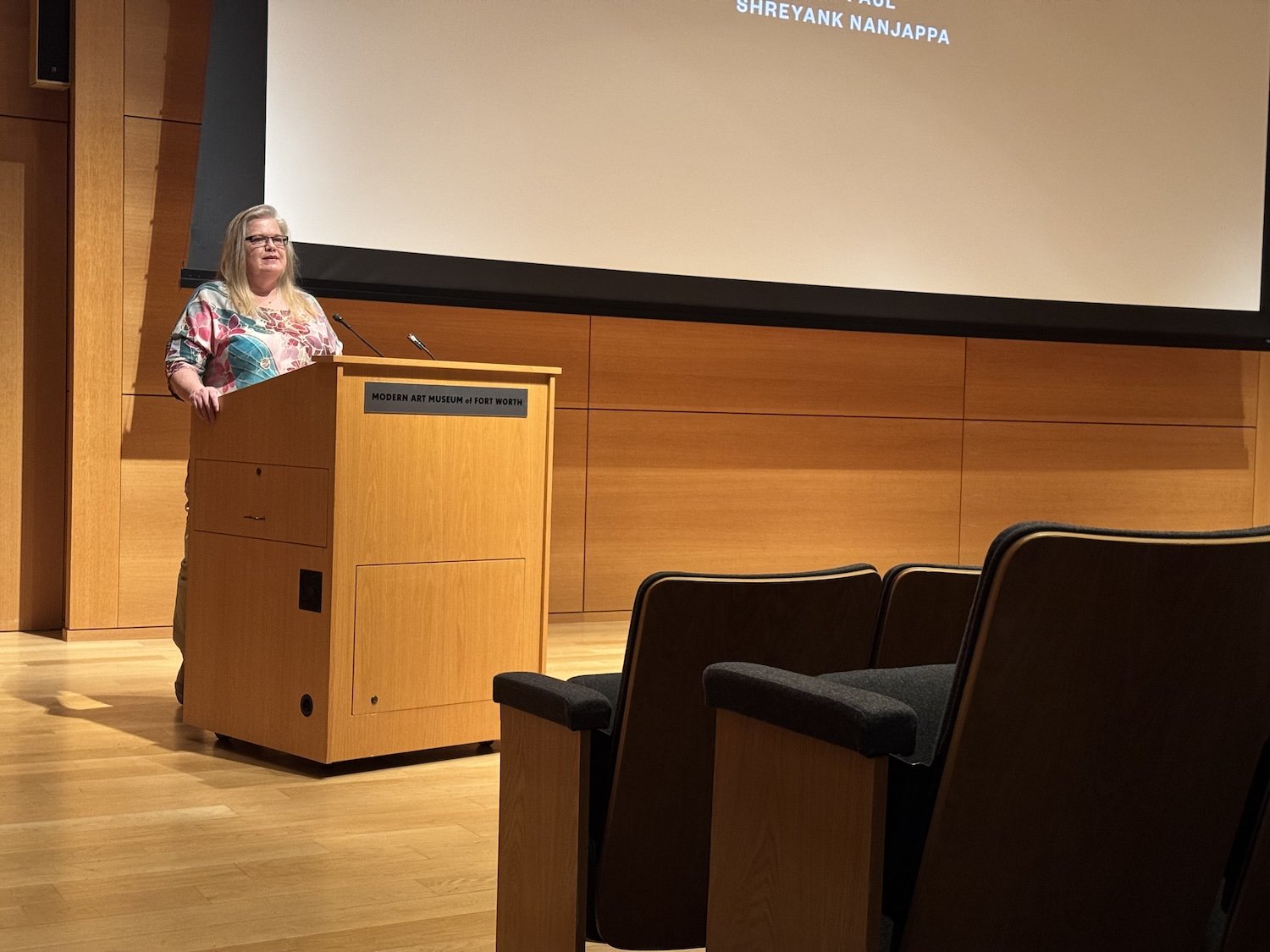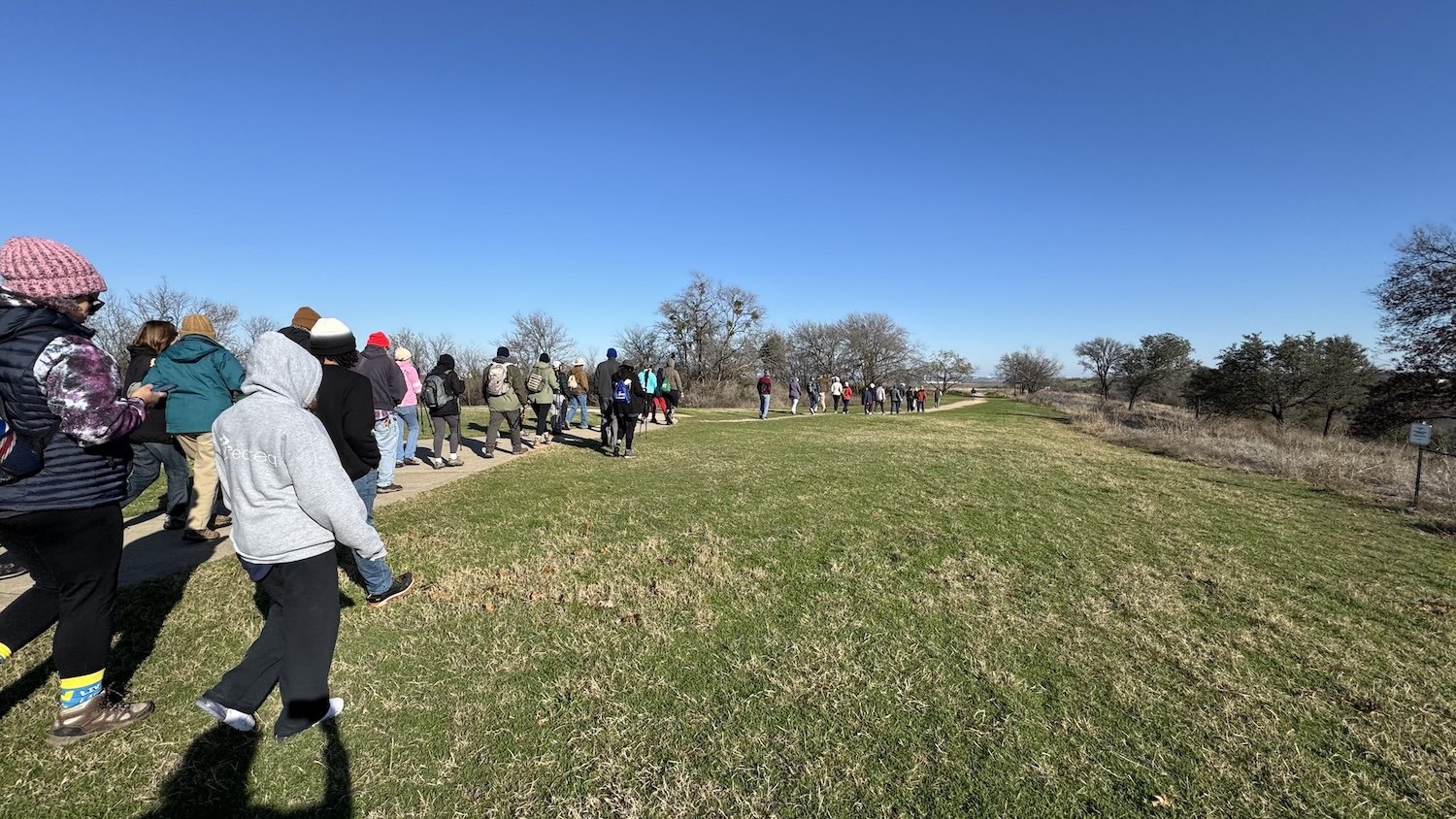Prairie Notes #218 - The Moths of Nocturnes
Prairie Notes are monthly photo/journal observations from Tandy Hills Natural Area by Founder/Director, Don Young. They include field reports, flora and fauna sightings, and more, mixed with a scoop of dry humor and a bit of philosophy.
They are available free to all who get on the FOTHNA email list.
The Moths of NOcturnes
Prairie Notes #218
February 1, 2025
1) The Moths of Nocturnes
2) Field Report - January
3) New Species Report - January
4) Nocturnes Film Report
5) Burn Update
6) Newsworthy & Noteworthy
7) PrairieSky / StarParty Report
8) Manly Men & Wild Women Hike Report
9) Prairie Proverb - Mansi Mungee
1) The Moths of NOcturnes
As this issue of Prairie Notes illustrates, moths and moth-ing are having a moment at least as far as humans are concerned. But as, Mansi Mungee, the researcher featured in the film explains:
“Moths have been on Earth for almost 300 million years. As a species, we haven’t seen what the moths have seen. We most likely cannot survive what the moths have been through.”
For those who missed it, the subject of the Nocturnes film is a survey of Sphinx Moths in a remote region of the Eastern Himalayas. They are also colloquially known as Hawk Moths. They come in a wide array of shapes, sizes, textures and colors. Worldwide there are about 1450 different species.
They are also among the largest moths and are known for their agile and sustained flying ability, similar enough to and often mistaken for Hummingbirds. Their narrow wings and streamlined abdomens aid their flight. Some can even hover in place and even do something called “swing-hovering” which evolved to deal with ambush predators that lie in wait in flowers.
They have the longest tongues, or proboscis, of any other moth or butterfly (up to 14 inches long) which aids their nectar feeding. They are also one of the longest-lived and fastest flyers in the moth world.
“When resting, the Sphinx Moth caterpillar usually holds its legs off the surface and tucks its head underneath (praying position), which, resembling the Great Sphinx of Giza, alludes to the name, "sphinx moth". (Wikipedia)
There have been 8 species observed so far at Tandy Hills, as pictured below. As you can see, not all moths are strictly nocturnal. See all 43 observations on the iNaturalists website, HERE. CLICK on each image below to see it un-cropped.
Thanks for reading Prairie Notes and supporting Friends of Tandy Hills Natural Area. Your donations are welcome HERE.
DY
White-lined Sphinx (Hyles lineata) feeding on a Purple Paintbrush at Tandy Hills. April, 2022
2) Field Report - January
It’s still winter out here. Very few plants or insects to see. The snow in early January was the big story of the month. The cold kept most humans away but I heard some Coyote’s howling one evening. There were several sightings of Eastern Bluebirds including a group of five. They must be nesting in or near the natural area. I also observed a couple of Cottontail Rabbits hopping through the trees. Spring is on the way.
January 9th brought a dusting of snow to the recently burned prairie.
Wonders never cease at Tandy Hills. The sky above Tandy Hills on January 27th was jaw-droppingly beautiful and hinted of the coming spring.
3) New Species - January
Early 2025 species were mostly about molds, mosses, lichens and other weird species. We will take what we can get.
The species count increased from 2262 to 2268. One notable species in January was, a Turkey Tail Mushroom (Trametes versicolor). See these and a few other notable species below or, see them all at the Tandy Hills iNat Project Page HERE.
4) Nocturnes Report
Despite the stock show traffic, more than 100 nature mystics filled the Modern Art Museum theatre today to watch a slow, quiet film about moths. The film, Nocturnes, was amazingly beautiful and enlightening. Kimberlie Sassan did a great job introducing the film and moderating the Q&A. Oh yes, we also had 2 rare species of moths show up for the film, the 2-legged kind...
5) Burn Update
It’s still early but, several species are starting to sprout from the meadows burned in January. I was surprised to find a little Purple Paintbrush sprout so early. With all the rain and snow it appears that we are almost out of time to do another burn until next winter. Conditions have to be just right in multiple ways.
6) Newsworthy & Noteworthy
>>>>>>> On February 1st, at River Legacy Park, the one and only, Sam Kieschnick will give a talk entitled: Amazing Unknown Bugs! It starts at 1 PM. Get you details HERE.
>>>>>>> The City of Fort Worth posted a nice write-up on their website about the Tandy Hills prescribed fire. Check it out HERE.
>>>>>>> The Native Plant Society of Texas (NPSOT) is co-sponsoring an art contest and exhibition entitled: PlantArte. Winners to be announced and exhibited on Earth Day 2025. Get you details HERE.
>>>>>>> “Can a song about moths save the Earth?”
Such is the idea behind a new multi-media project featuring words, pictures and music. The creators, Peter Kiesewalter and Whitney La Grange, are touring the world with their unusual new project. Check out their website HERE.
This from NPR might help explain: https://www.sciencefriday.com/.../intertwining-lives-of.../
>>>>>>> On February 17th, Don Young is giving a photo-presentation to the Cross Timbers Chapter of Texas Master Naturalists. The topic: The Sensuous Prairie. It’s all about the bounty of biodiversity found at Tandy Hills. The public is invited to attend the meeting at 7 PM at Fort Worth Botanic Garden.
7) Prairie Sky / Star Party report
The 2025 season schedule is out and posted on the website HERE. The first star party is March 8th. Plan to come out to see the night sky and visit with members of the Fort Worth Astronomical Society (FWAS). 2025 will be their 10th straight year at Tandy Hills.
Here is the sky-watching commentary for February from FWAS rep, John McCrea, for home use until March 8th.
“For the month of February, the nights will be cold, but the seeing is better because the cold air is drier, making the sky seem to be ablaze with stars. The Milky Way will stretch from southeast to northwest instead of arching overhead from south to north as it did in the summer. We will have our familiar winter constellations. Among the constellations visible will be, Orion (the Hunter), Gemini (the Twins). Canis Major (great dog) and Canis Minor (little dog) rising in the east. Cassiopeia (Queen of Ethiopia), Pegasus (the Winged Horse) and Andromeda (daughter of Cassiopeia and Cepheus) will be high in the sky. Perseus (Rescuer of Andromeda), Taurus (the Bull) and our friend the Pleiades (the seven sisters). The winter triangle (Procyon (11.5 LY), Betelgeuse (500 LY), and Sirius (8.5 LY)) will in the east. Our circumpolar friend Ursa Major (the Great Bear) will be nose-up on the east-northeast horizon. The winter hexagon, consisting of Capella, Aldebaran, Rigel, Sirius, Procyon, Pollux, and Castor will be visible in the south/southeast.”
8) Manly Men - Wild Women HIke report
Congrats to all 100+ Manly Men & Wild Women who completed the hike on a gorgeous, bullet blue-sky January 1st. What a great way to start a new year. Thanks to everyone who participated! Let’s do it again in 2026. Here’s a few pics from the hike including a group of budding nature mystics from the Kids Nature Club.
9) Prairie Proverb - Mansi Mungee
“We are looking at this place with our eyes. We need to figure out how to look at it through a moth’s eyes, which I suspect will take a few decades if [it happens] at all.”
Become a Friend HERE: https://www.tandyhills.org/donate
Prairie Notes© is the official newsletter of Friends of Tandy Hills Natural Area, a 501 (c)(3) non-profit organization. All content by Don Young except where otherwise noted.











